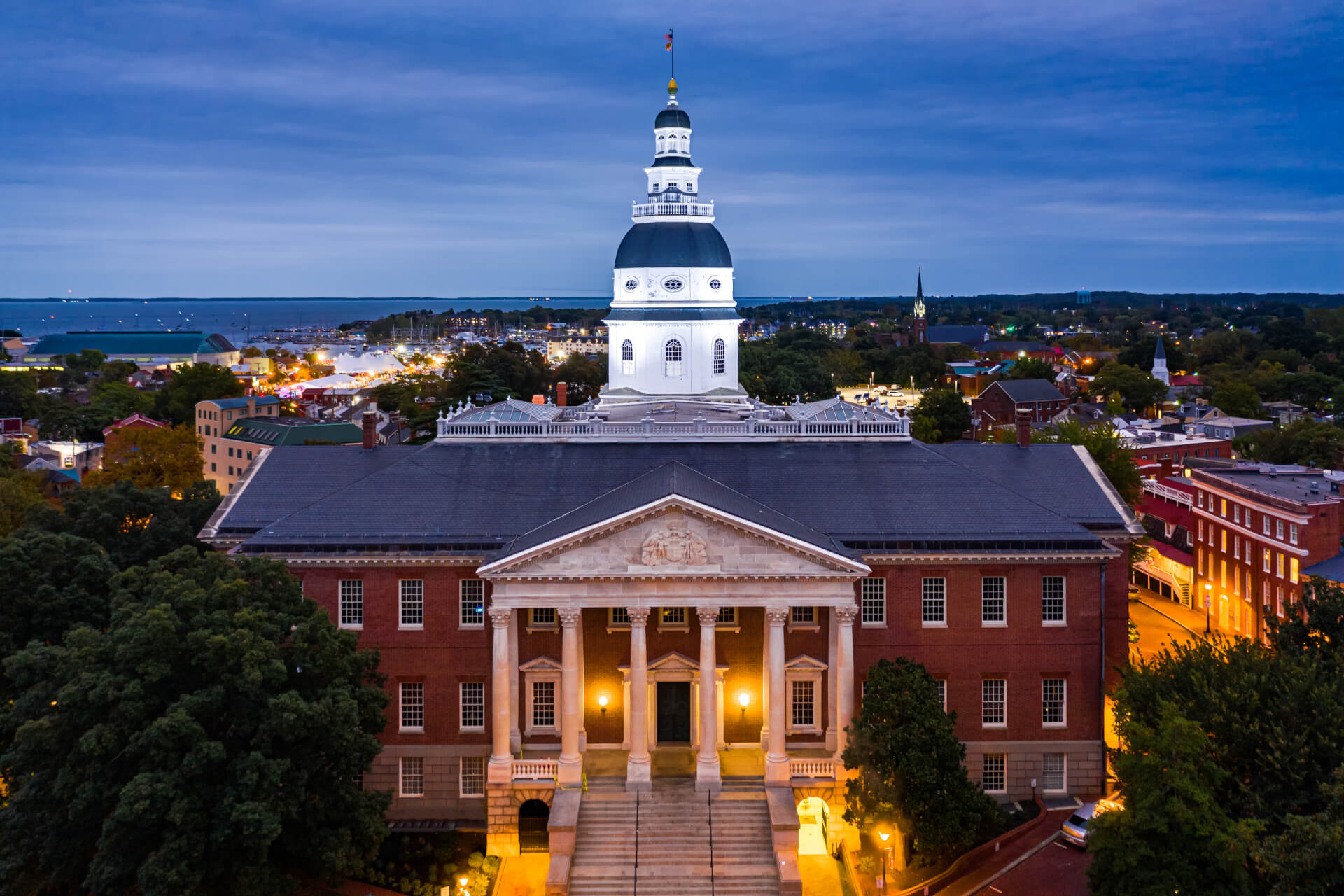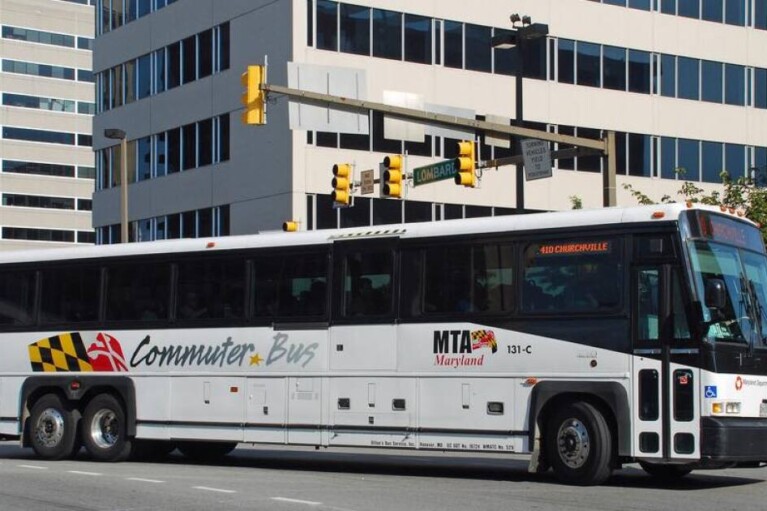
Redistricting is legalized bodysnatching. Both parties acknowledge it. And both parties do it.
Democrats redistrict by jiggering the district maps. Republicans attempt it by restricting those who can vote. Thus, our most sacred right as citizens may no longer be that at all but nothing more than a bargaining chip, or fungible merchandise. Elected officials pick their constituents instead of the other way around.
There’s nothing fair about redistricting, or politics, for that matter. Anyone who thinks or says so is profoundly full of it. One man’s fair is another’s foul. You want fair in redistricting, win elections. It’s that simple. A few squiggles on the map can make or break a career.

Frank A. DeFilippo
Congressional reapportionment and legislative redistricting are essentially the same exercises in arithmetic but with slightly different playbooks. Redistricting has a set of guidelines to follow, but the founding fathers, those jesting dead men, left only one rule for divvying up Congress – each Congressional district must contain roughly equal population. That’s it. The current distribution is about 650,000, give or take a few thousand, in each of the 435 districts.
The Supreme Court recently added another measure which compounds the difficulty of congressional mapmaking: The existing voting strength of majority Black districts cannot be diluted.
So we have the added layer of intrigue of blackening some districts in order to bleach others, a conniving handshake practiced wherever and whenever a deal can be struck and the law satisfied.
Other than that instance, the high court has been reluctant to intervene in what it considers a political process that is the province of state legislatures. Maryland Republicans, for example, have tried through the courts for a decade to overturn the existing congressional map.
One pregnant point, though, is that the Supreme Court did gut Section 5 of the Voting Rights Act, which gave the Justice Department a watchful eye over voter protections in Southern states – exactly the kind of shenanigans to limit voting rights that are occurring now in Republican-dominated states.
Legislative redistricting differs in that it requires, or suggests, a kind of bonding within legislative districts – contiguity, community of interests, recognition of natural boundaries where possible, etc.
That said, Maryland now has a tetchy little roundelay occurring between two committees assigned to draw new boundaries based on the 2020 Census – one appointed by Gov. Lawrence J. Hogan Jr., a Republican, which he describes as impartial, and the other appointed by the General Assembly’s presiding officers, House Speaker Adrienne A. Jones, of Baltimore County, and Senate President Bill Ferguson, of Baltimore City, both Democrats.
Spoiler alert: Begin at the end. Democrats in the General Assembly have the final say on the new maps. Democrats in the General Assembly and Congress pretty much get to draw their own districts. In doing so, they help to protect friendly Republicans and try to squeeze out belligerents.
The reverse is also true in the political system of rewards and punishments. For example, in the new maps following the 2000 census, Gov. Parris Glendening (D) manipulated precincts in the Dundalk area of Baltimore County to literally eliminate several Democratic legislators from office who had voted against his programs. The map was appealed and revised by the Court of Appeals to reinstate the lawmakers who went on to win reelection.
One problem with congressional redistricting is that it resembles a balloon – squeeze one place and it pops out in another. A second problem is Maryland’s shape. It’s a droopy land mass — not a reasonable square or rectangle — split by the Chesapeake Bay and dangling from the Western Maryland panhandle. Even Archimedes couldn’t make sense of it.
So all of the caterwauling from Rep. Andy Harris (R), who represents District 1, about being drawn out of office (if only) is nothing but the primal scream of fundraising and attention-getting. If Democrats could figure a way to get rid of Harris he’d have been gone long ago. It was either Harris or Roscoe Bartlett, and Bartlett got the old heave-ho from the Western Maryland seat.
In the state’s legislative map, Republicans are making a big push for the restoration of single-member legislative districts while Democrats prefer the current map of three-member, cross-jurisdiction districts.
Of course. The Democratic party is the I-95 party. The majority of the party’s constituents are jammed into the five subdivisions clustered around that roadway and contain most of Maryland’s minority residents.
Single-member districts would leave much of the rest of the state to Republicans, giving them added clout and numerical bloc-voting strength, in kind of a revival of the old “unit rule” which was outlawed in Maryland in 1963, the last state to use it.
The unit rule was patterned after the electoral college, wherein, much the same as the problem today with that fusty ritual, rural and smaller counties were given as much or more influence than populous counties.
Each county was assigned so many “unit votes” based on a complex classification formula. And in Maryland primary elections, statewide candidates had to win both the unit vote and the popular vote to claim victory.
Thus, George P. Mahoney, in several early campaigns (of the 10 or 11 he ran), won either the unit vote or the popular vote but never both.
The very same arguments are being advanced today by those who advocate abolishing the Electoral College where five presidents have lost the popular vote but won the presidency via the Electoral College – two very recently, George W. Bush and Donald Trump. Trump tried again in 2020 to tip a victory in the Electoral College after losing to President Biden by more than seven million popular votes.
The unit vote, along with another anachronism called “local courtesy,” also gave the nine Eastern Shore counties significant weight in the legislature. Under the local courtesy rule, for example, the Eastern Shore counties, as a bloc, exempted the entire Shore from the original public accommodations law in 1963. They were forced the next year, by threat of federal intervention, to join the rest of the state.
Many of the old ways were challenged and eliminated by the series of “one man, one vote” rulings in the 1960s by the Supreme Court under Chief Justice Earl Warren.
Attempting to reconcile Maryland’s representation with the court rulings almost led to the breakout of a fist-fight on the state Senate floor during the first attempt at reapportionment in 1963 when the House and Senate could not agree on a plan.
During debate in the Senate, the bibulous Sen. Frederick Malkus, of Dorchester County, roared that the impasse was the fault of the House attempt “to protect the Jews in Baltimore.”
When Marvin Mandel, then House Speaker, and Jewish, was informed of the remark, he immediately recessed the House and marched over to the Senate, where Mandel, a collegiate welter-weight boxer, challenged Malkus to repeat the remark at his own peril (Malkus towered over the compact Mandel.) Tempers eventually cooled and Mandel returned to the business of the House, the issue still unsettled until a year later.
Another historical oddity of congressional redistricting worth retelling occurred following the 1960 census when Maryland was awarded an eighth member of Congress due to population growth. (The size of U.S. House, 435 members, is fixed. But as populations increase or decrease among states so, too, does their individual representation in Congress.)
Maryland’s Democratic political leaders were flummoxed over how to deal with the additional member of Congress. They were unable to settle on a plan to redistrict the state. So they ended up creating a one-off-a-kind representative with the extraordinary designation of “congressman at-large.”
The congressman at-large had a statewide constituency identical to that of a U.S. Senator but with it the functions, payroll and staff of a member of the House of Representatives who served not a compact congressional district but the entire state. The man in the new-fangled job had to run statewide every two years. This unlikely path proved to be a build-up to a run for higher office.
The first – and only – congressman at-large from Maryland, or anywhere else, was Carlton R. Sickles, a Democrat from Prince George’s County and a member of the House of Delegates, who was elected in 1962.
Sickles served in that capacity until 1966 when he ran for governor and barely lost to Mahoney in a four-way primary. By then, legislators had established the 8th Congressional District and the title and position of congressman at-large was retired to a footnote in the Maryland Manual.
In creating a so-called impartial commission and calling for fairness, Hogan is merely trying to snag a congressional seat or two for Republicans, just as Democrats are acting to protect the seven seats they already have and, with some miraculous sleight-of-hand or a judicious mouse-click, maybe grab the eighth.
Republicans control 26 states of all 50 that must redistrict when the census figures are released. There have been 361 bills introduced, mostly in Republican states, to restrict voting in one or several ways, most directed precisely at minority voters. Democrats in the Texas legislature fled the state under threat of arrest as a way to deny a quorum and block Republican efforts to limit voters’ rights.
And both parties are sure to use redistricting to their advantage for the 2022 election struggle to control Congress where the Democrats now have dime-thin majorities in the House and Senate that could flip either way.
Redistricting will only become more lopsided as minority voters cram into urban areas and abandon political power to less populated areas of the nation. And one certainty in the redistricting mix is that people cannot be told where to live. But precincts and polling places are moveable commodities.
Attempts to fix the redistricting problem will work only if every state participates. This is one time Maryland would be wise to be among the last to act instead of the first to be foolhardy. Just don’t expect fairness.




 Creative Commons Attribution
Creative Commons Attribution